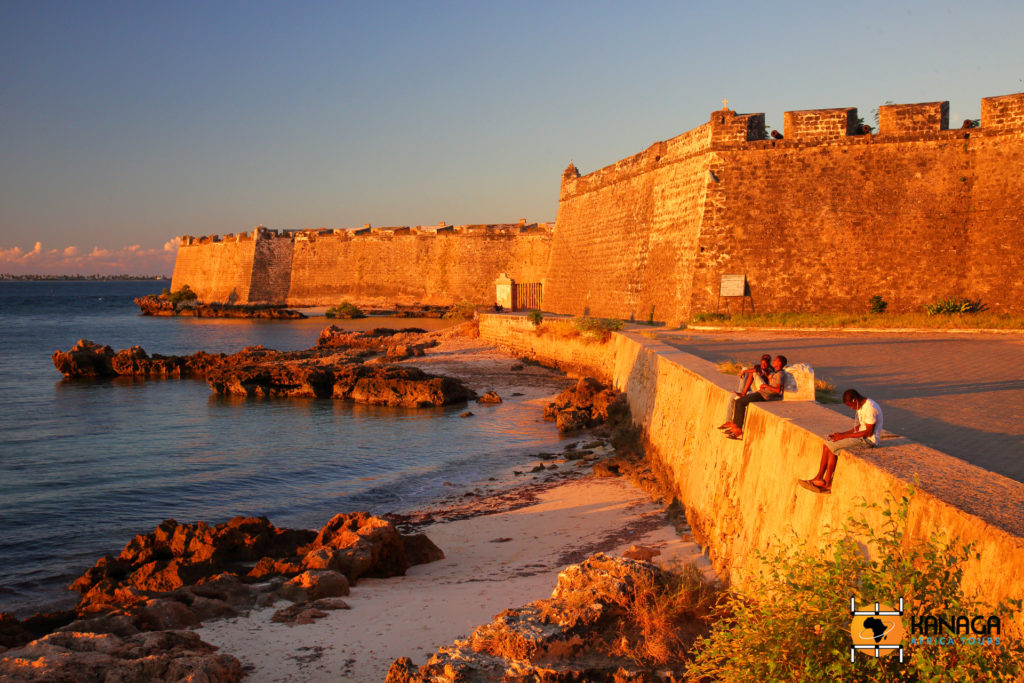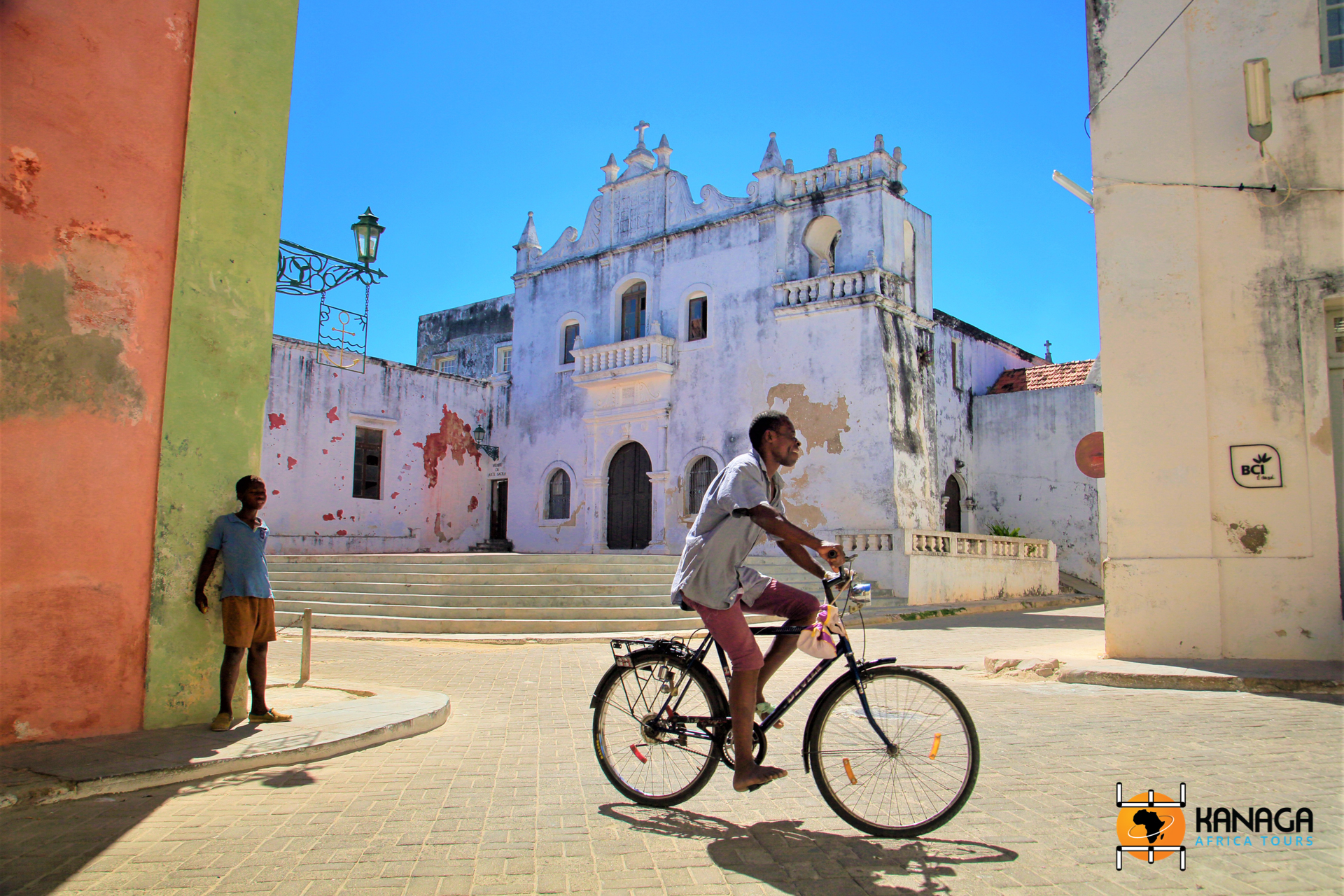On the northern coast is the fascinating Ilha de Moçambique, as small and decadent today as it was powerful and important in its past.
Lying on the Mossuril bay and connected to the mainland by an impressive 3 km long bridge, it was the first Portuguese capital.
Declared a UNESCO World Heritage Site in 1991, its name, later extended to the nation, recalls Mussa Al Bique, an Arab merchant who settled on the island before the arrival of Vasco de Gama in 1498.
Originally inhabited by a local population of Bantu descent, from the 10th century onwards the island was influenced by Arab culture and Islamisation, followed by Portuguese occupation and Christianisation. Today’s Makua inhabitants, of Swahili culture and predominantly Muslim, are dedicated to traditional fishing with dhows, and are the result of the encounter between these different cultures, on which Hinduism was also grafted, while maintaining their own identity and ancestral lifestyle, still very much alive today.
Every stone, every monument, every wall peeling away from time and salt, speaks of the island’s history and holds the memory of what was for centuries one of the main trading posts on the route to the Indies.
If the population is concentrated in the south of the island, among the traditional thatched huts (makuti), reinstalled in the 19th century, after the abolition of slavery and the abandonment of the capital by the settlers in favour of Maputo, in the north, the “city of stone” retains the appearance of a decadent Portuguese town, abandoned and ghostly, where one has the impression that the echoes of the slave trade still resound, among the dungeons of the Sao Sebastiao Fort, which dominates the scene.
The beautiful Manueline-style chapel of Nossa Senhora de Baluarte is the oldest religious building built by Europeans in southern Africa, while the monumental grandeur of the 17th-century Sao Paulo Palace, later the seat of the governor and now a renovated museum, contrasts with the dilapidated state of most of the buildings and the simple, bustling life of the fishing communities, bustling around their dhows setting up their nets.
Ilha de Moçambique retains a special charm in its cultural mix, still visible today in the alternation of decadent stone and lime houses, imposing colonial administrative buildings and statues of Portuguese historical figures, traditional sailing boats sailing out to the blue sea, veiled women and noisy children, thatched huts and ancient cathedrals, Hindu temples and mosques, accompanied by the sound of bells, the rhythm of Mapiko drums and the call of the muezzin.







